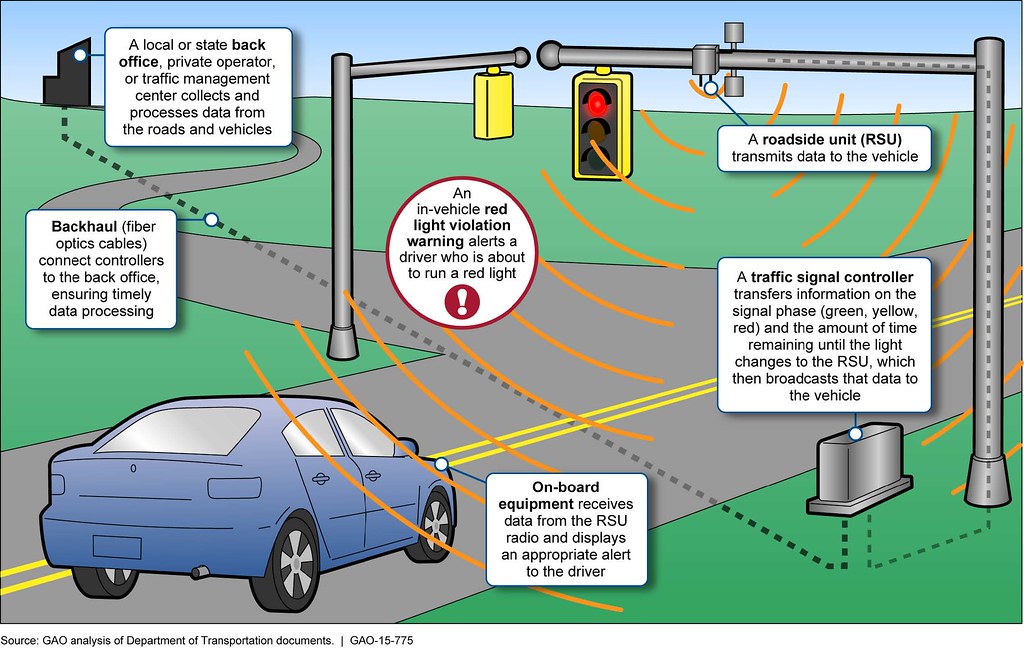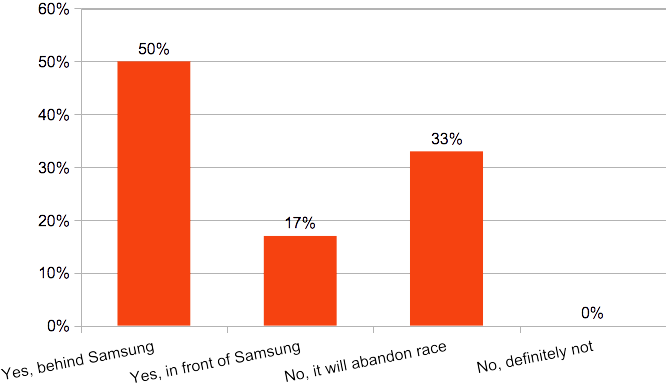 2001
2001
History repeats itself. Or so it seems. Little more than a decade and a half ago, it was enough to use the words internet, web, new technology and you had the financing for your startup. What happened we all know: the dot-com bubble, the crisis, the collapse of the net-economy.
 2008
2008
Then, the economy started again, stronger, better. Everybody was confident. So confident that elementary auditing techniques were ignored just like that. What happened is history. A history whose relics are still slowing down the development on steroids of the economy. Because the economy is developing. It might mutate, it might change its appearance, but it is developing. And the history is repeating again and again. Why care. It goes down, it goes up.
2017
We are less than a decade later. If you want to make a start-up and raise a lot of money, what better way than use the magic 3-letter word: Aye Oh Tee. And to make sure people in front of you get it, just add the word Smart in front of any other word:

- Smart Home;

- Smart Car;

- Smart Mobility;
- Smart City;

The list goes on and on. The number of small companies whose business is related to IoT is incalculable. OK, the small devices have a future of their own, that is sure. But there is a long way ahead. Yet, people have no patience. Time shrinks itself. Six months are too much for an idea to become reality or else it gets obsolete. Are we nearing a bubble ? If in 2001, Internet was a toy for a small part of the global population, today is different.
 In the old days of DOS and Windows, there was a mantra: Plug-n-Play. A computer device had more chances to get into the market if it was PnP. I don’t know why, but this PnP thing seems to resurface as IoT. Which is good for the long run. Future needs to develop itself. There are many projects waiting to become a reality, a part of the landscape.
In the old days of DOS and Windows, there was a mantra: Plug-n-Play. A computer device had more chances to get into the market if it was PnP. I don’t know why, but this PnP thing seems to resurface as IoT. Which is good for the long run. Future needs to develop itself. There are many projects waiting to become a reality, a part of the landscape.

 The question is why Samsung is so strong and why it is perceived as so strong. After all, the Korean giant is best known as a mass producer, not a as a pioneer. IoT is a technology based on diversity. This contrasts with mass production.
The question is why Samsung is so strong and why it is perceived as so strong. After all, the Korean giant is best known as a mass producer, not a as a pioneer. IoT is a technology based on diversity. This contrasts with mass production.